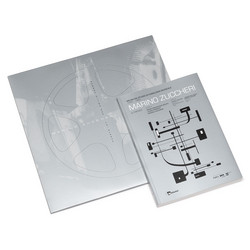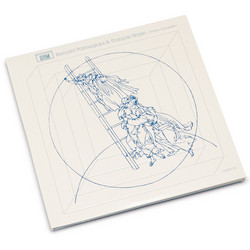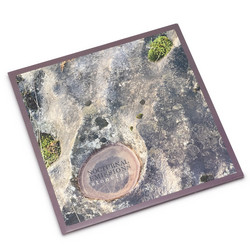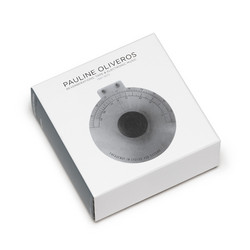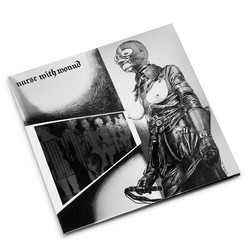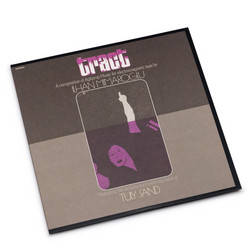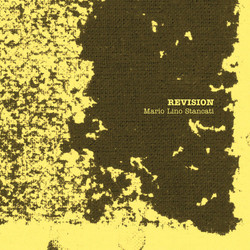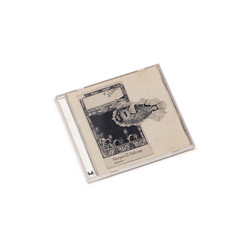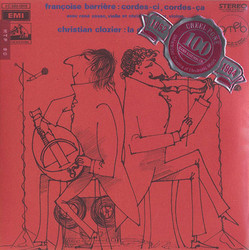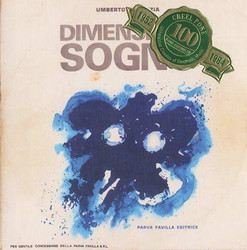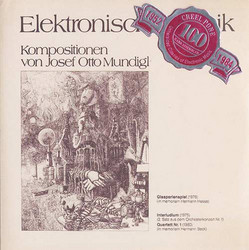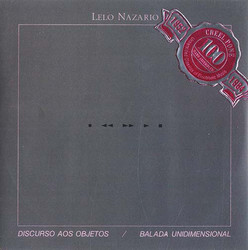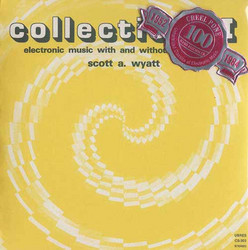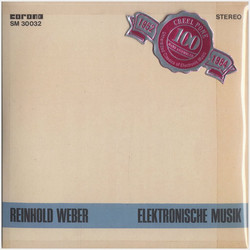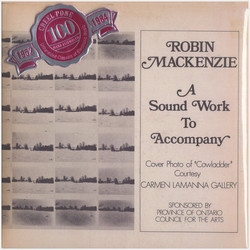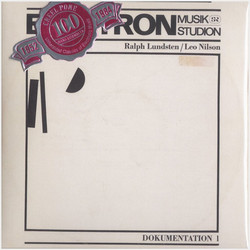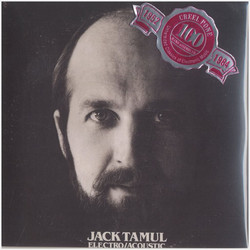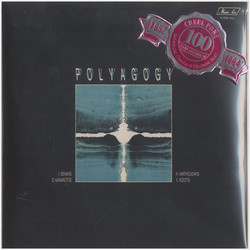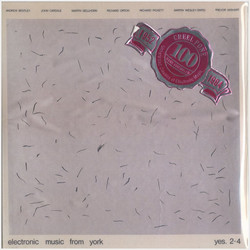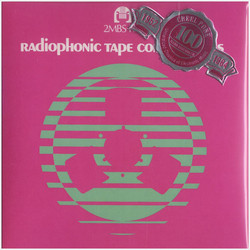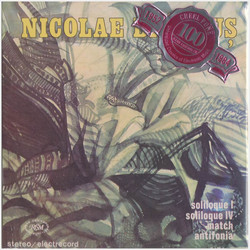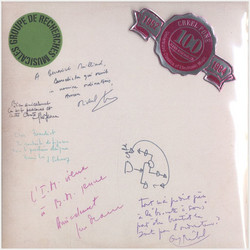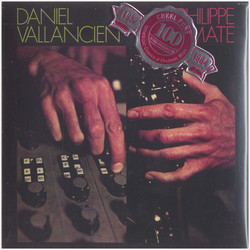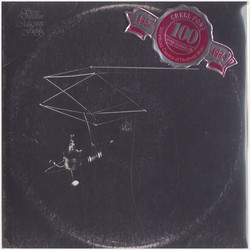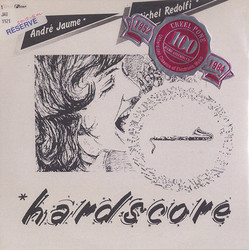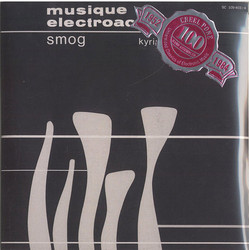Much in the way I was confounded by Rod “A Safe Place to Land” McKuen’s forays into noise-oriented electronic music - see: Heins Hoffman-Richter, “Symphony for Tape Delay, IBM Instruction Manual, & OHM Septet," aka "Music to Freak your Friends and Break your Lease” - this set of “Electronomusic” by RCA-Victor “Living Stereo” architect - he recorded the vast majority of the legendary classical label’s productions, working with Van Cliburn, Heifetz, Horowitz, Leontyne Price, Fritz Reiner, Toscanini, Stokowski, etc. - John Pfeiffer makes me wonder if there was an off-hour Experimental Electronic Music Composer lurking within the off-hour mind of every influential music-industry player back in the 60s & 70s.
The first three pieces begin in an intriguing fashion, consisting of, respectively, 7 minutes of rhythmic piano playing fed through static-frequency Ring Modulation punctuated with loud “Pops” signifying the tape edits, then a watery collage of backwards string-playing and tape-echo, and finally a short series of unedited slipping oscillator figures, but by “Moments” and “Take Off” - both fully-formed Musique Concréte pieces using elements from the previous three; the first more Free-Form, the second with a rhythmic underpinning - we start to get more of an image of Pfeiffer’s vision / capacity. The second side jumps right in with the extended “Forests'” reversed / ascending piano figures and high-frequency bleeps and “Pavone's” austere Ring-Modulated Piano; this time with sliding carrier. But, personally speaking, the record peaks with the ridiculous rhythmic bleep-fest of “Orders” - the last transmission of the dying sputnik, into the riotous jump-cut assembly of “After Hours,” giving Perrey & Kingsley a run for their money before climaxing in a fury of meticulously edited found-sounds.
In the same way the Zanagoria record revels in the sheer alien-nuss of running otherwise tonal music through Ring Modulation; Pfeiffer’s Piano improvisations and Concrète tunes poke through the known stratosphere & set aim for points beyond. That the little semblances of melody poke through from time to time makes me want to compare it to Dick Raaijmakers & Tom Dissevelt’s “Song of the Second Moon” - or Dissevelt’s “In Orbit” for that matter. This 2015 re-re-edition replicates the arwork of both the RCA-Victor and Camden Classics pressings - each included via two separate booklets - both containing what are by now amongst my favorite Early-Electronic-Music Liner Notes, barely legible.

